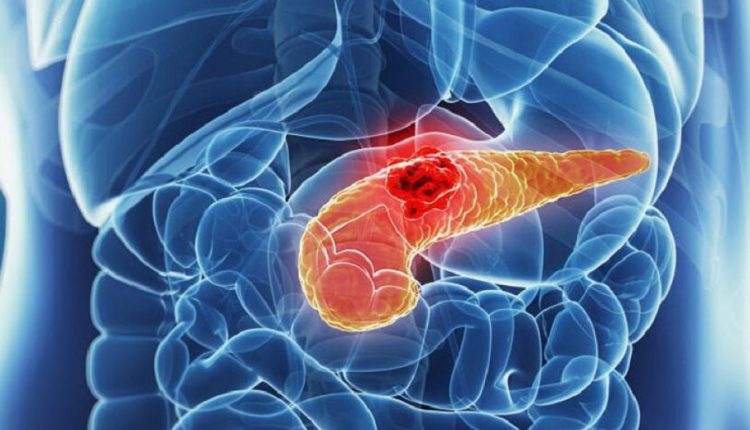
Pancreatic cancer, a new pharmacological approach to reduce its progression
Pancreatic cancer: research published in Gastroenterology, involving researchers from the Departments of Experimental Medicine and Medicinal Chemistry and Technologies at La Sapienza University of Rome, together with other universities and international research centres, has identified a potential pharmacological strategy adjuvant to conventional pancreatic cancer therapy, based on the activation of a specific enzyme involved in tumour metabolism
To date, pancreatic carcinoma (cancer) is a virtually intractable tumour, representing the seventh leading cause of cancer death worldwide
The reason is that this tumour develops in a particularly hostile microenvironment, with reduced oxygen tension and limited nutrient supply, which leads pancreatic cancer cells to reprogramme their metabolism, thereby gaining proliferative advantages over normal cells.
Recently, a class of seven enzymes, called sirtuins, have been shown to be involved in tumour progression.
They are capable of modifying other proteins due to their role in regulating metabolism, the tumour microenvironment and the genomic stability of cancer cells.
Among these, sirtuin 5 (SIRT5), located in the mitochondria and cytosol, has been linked both to the regulation of metabolism in general and, in particular, to that of the amino acid glutamine in various types of cancer.
This is the background to a new international study published in the journal Gastroenterology, which involved a team of researchers from the departments of Experimental Medicine and Chemistry and Drug Technologies at La Sapienza University, together with the Eppley Institute for Research in Cancer and Allied Diseases at the University of Nebraska and other international research centres.
The aim of the work was to define the function of SIRT5 in pancreatic cancer and to use a pharmacological strategy based on the activation of SIRT5, as an adjuvant to conventional gemcitabine-based therapy, in order to reduce tumour growth.
Pancreatic cancer, the role of SIRT5
“SIRT5 – explains Antonello Mai of the Department of Chemistry and Drug Technologies at Sapienza University – represents a mitochondrial sirtuin that has not yet been studied with respect to its role in pancreatic ductal adenocarcinoma (PDAC)”.
“This study,” adds Dante Rotili of the same Department, “revealed that SIRT5 is down-regulated both in human tissues with PDAC, and in murine pancreatic tumours”.
This down-regulation of SIRT5 modifies and activates the enzyme aspartate aminotransferase (AST/GOT1), which allows tumour cells to utilise more glutamine, thereby promoting their growth and survival.
“A reduced level of SIRT5 expression,” adds Marco Tafani of the Department of Experimental Medicine, “has also been associated with reduced survival in patients with pancreatic ductal adenocarcinoma.
Starting from these results, and continuing the 20-year research in the identification of small molecules as ligands of epigenetic targets, a specific activator of SIRT5 has been synthesised, which, when administered with gemcitabine, has been shown to reduce tumour growth in cellular models, in organoids obtained from human pancreatic carcinoma biopsies and in animal models.
“We have developed a novel ‘first in class’ small molecule, a sirtuin 5 activator called MC3138,” concludes Sergio Valente, of the Department of Medicinal Chemistry and Technologies.
The results obtained provide a potential new strategy based on pharmacological activation of SIRT5, for the treatment of pancreatic cancer patients with reduced expression of this sirtuin.
Read Also:
Most Cancer Types ‘Just Bad Luck
Relapsing-Remitting Multiple Sclerosis (RRMS) In Children, EU Approves Teriflunomide



